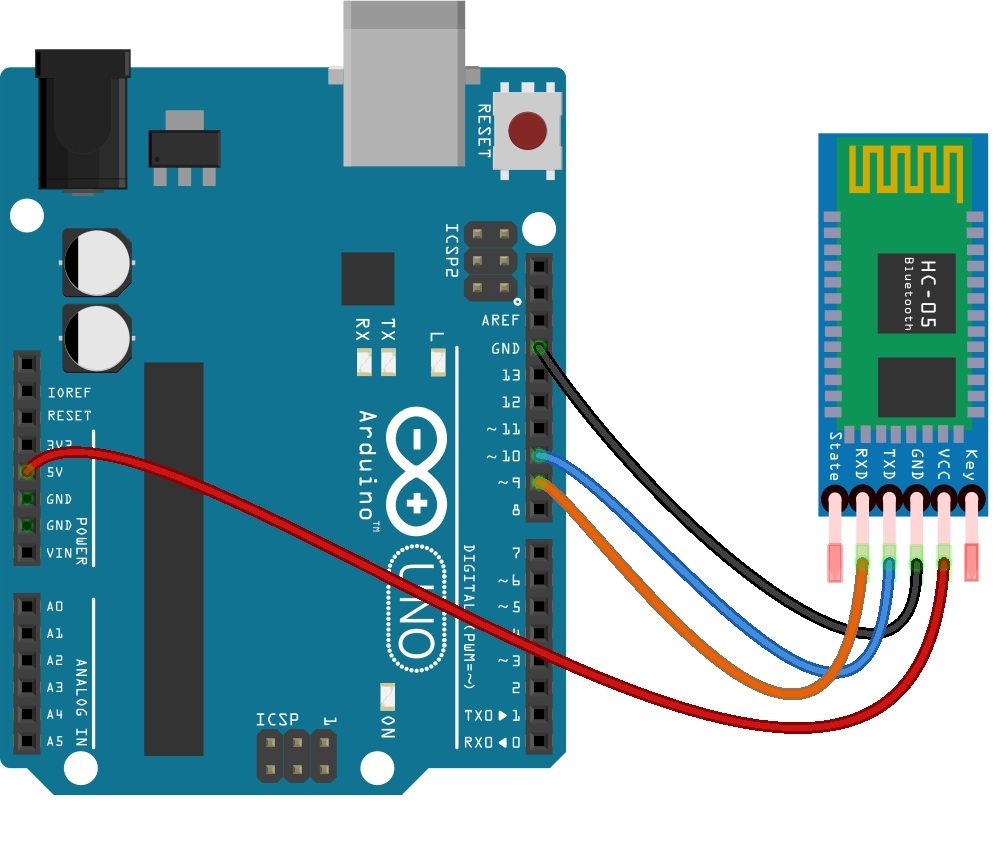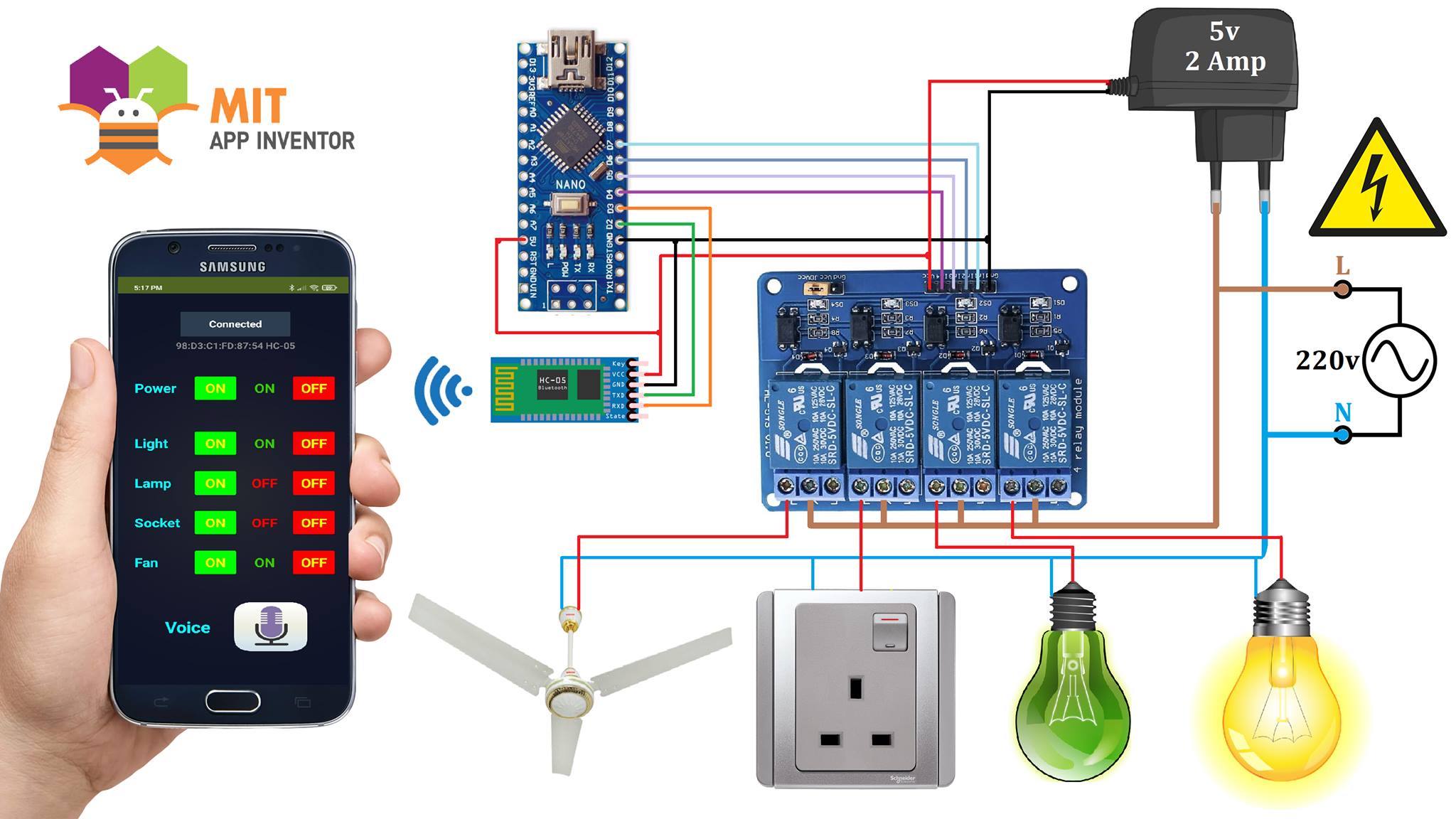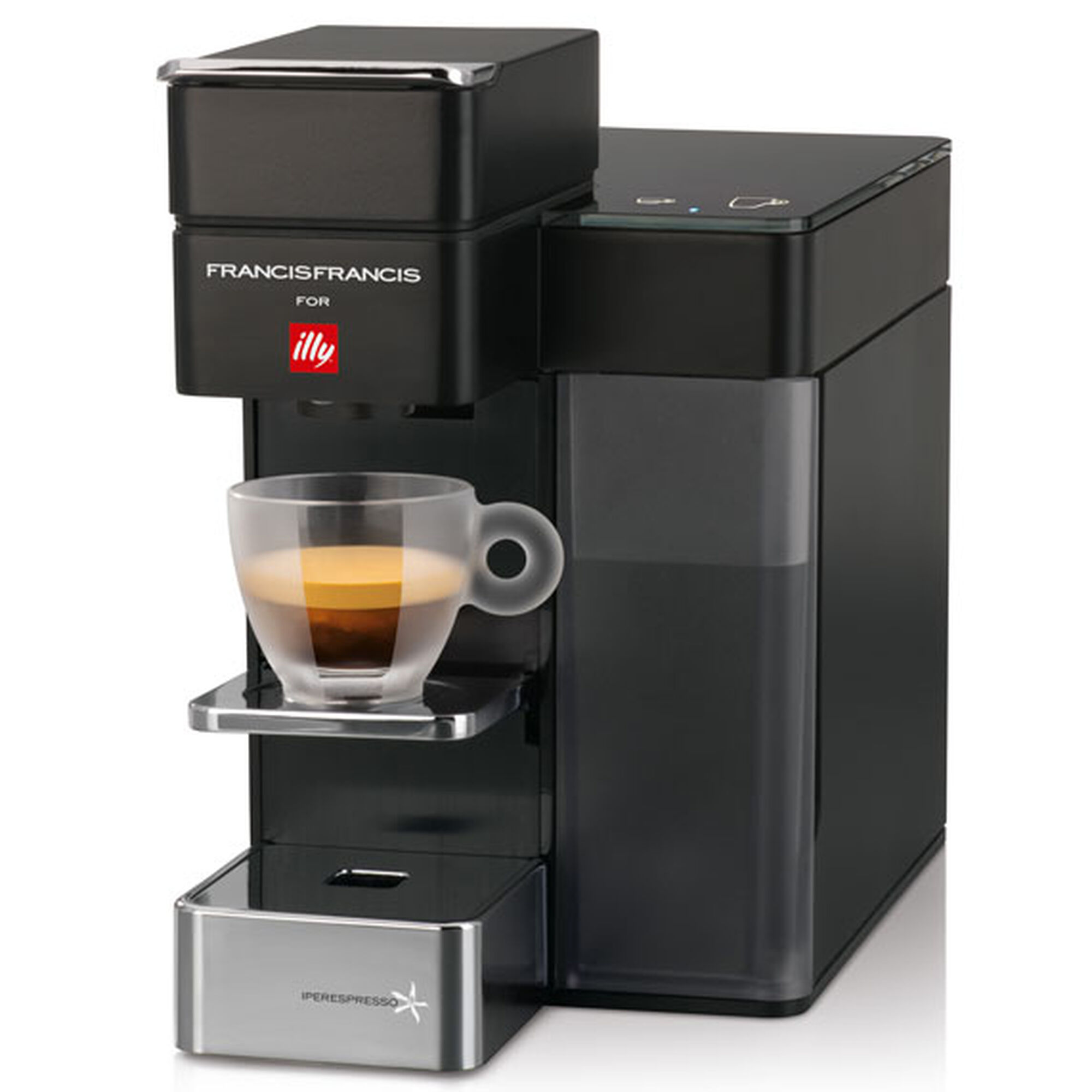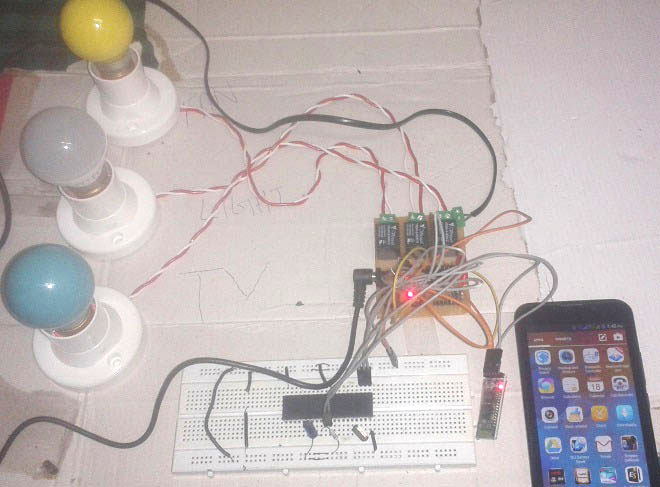Blutooth Home Appliances Using Audino Presentation
| Introduction to Bluetooth Home Appliances using Arduino | ||
|---|---|---|
| Bluetooth technology allows for wireless communication between devices. Arduino is an open-source electronics platform that enables development of interactive projects. Combining Bluetooth and Arduino enables control and automation of home appliances. | ||
| 1 | ||
| Benefits of Bluetooth Home Appliances | ||
|---|---|---|
| Convenient control: Bluetooth allows for remote operation and monitoring of home appliances from a smartphone or tablet. Energy efficiency: Bluetooth-enabled appliances can be programmed to operate only when needed, reducing energy consumption. Increased safety: With Bluetooth, users can turn off appliances remotely, minimizing the risk of accidents or fire. | ||
| 2 | ||
| Arduino and Bluetooth Integration | ||
|---|---|---|
| Arduino boards can be equipped with Bluetooth modules, such as HC-05 or HC-06, for wireless communication. The Arduino code can be programmed to receive commands from a Bluetooth-enabled device and control the appliances accordingly. Bluetooth libraries, such as the BluetoothSerial library, simplify the integration process. | ||
| 3 | ||
| Examples of Bluetooth Home Appliances | ||
|---|---|---|
| Smart lighting: Bluetooth-enabled light bulbs can be controlled and dimmed wirelessly using a smartphone app. Smart thermostats: Bluetooth connectivity allows users to adjust temperature settings from anywhere in the house. Home security systems: Bluetooth sensors can be used to detect intruders and send alerts to the homeowner's smartphone. | ||
| 4 | ||
| DIY Bluetooth Home Appliance Projects | ||
|---|---|---|
| Bluetooth-controlled power outlets: Arduino can be used to create a system that turns appliances on or off remotely. Bluetooth temperature monitoring: Arduino can be used to build a system that monitors and adjusts room temperature using Bluetooth sensors. Bluetooth home automation: Arduino can be used to automate various home appliances, such as fans, blinds, or coffee machines. | ||
| 5 | ||
| Challenges and Considerations | ||
|---|---|---|
| Power consumption: Bluetooth modules may consume additional power, requiring careful power management. Range limitations: Bluetooth has a limited range, so appliances must be within close proximity to the controlling device. Security: Proper security measures must be implemented to prevent unauthorized access and control of Bluetooth home appliances. | ||
| 6 | ||
| Future Trends in Bluetooth Home Appliances | ||
|---|---|---|
| Integration with voice assistants: Bluetooth appliances can be voice-controlled through popular virtual assistants like Amazon Alexa or Google Assistant. Interoperability: Bluetooth devices from different manufacturers can communicate with each other, enhancing compatibility and convenience. Energy monitoring: Bluetooth-enabled appliances can provide real-time energy usage data, enabling users to track and optimize energy consumption. | ||
| 7 | ||
| Case Study - Bluetooth Coffee Machine | ||
|---|---|---|
| Example of a Bluetooth-enabled coffee machine that can be controlled remotely using a smartphone app. The Arduino board inside the coffee machine receives commands from the app and activates the brewing process. Users can set the desired brewing time, strength, and even receive notifications when the coffee is ready. | ||
| 8 | ||
| Conclusion | ||
|---|---|---|
| Bluetooth-enabled home appliances using Arduino offer convenience, energy efficiency, and increased safety. DIY projects allow users to customize and automate various aspects of their homes. The future holds exciting possibilities for Bluetooth home appliances, with integration, interoperability, and energy monitoring advancements. | ||
| 9 | ||
| References (download PPTX file for details) | ||
|---|---|---|
| Arduino. (n.d.). Retrieved from https:// www.... Bluetooth. (n.d.). Retrieved from https:// ww... BluetoothSerial. (n.d.). Retrieved from https... |  | |
| 10 | ||







